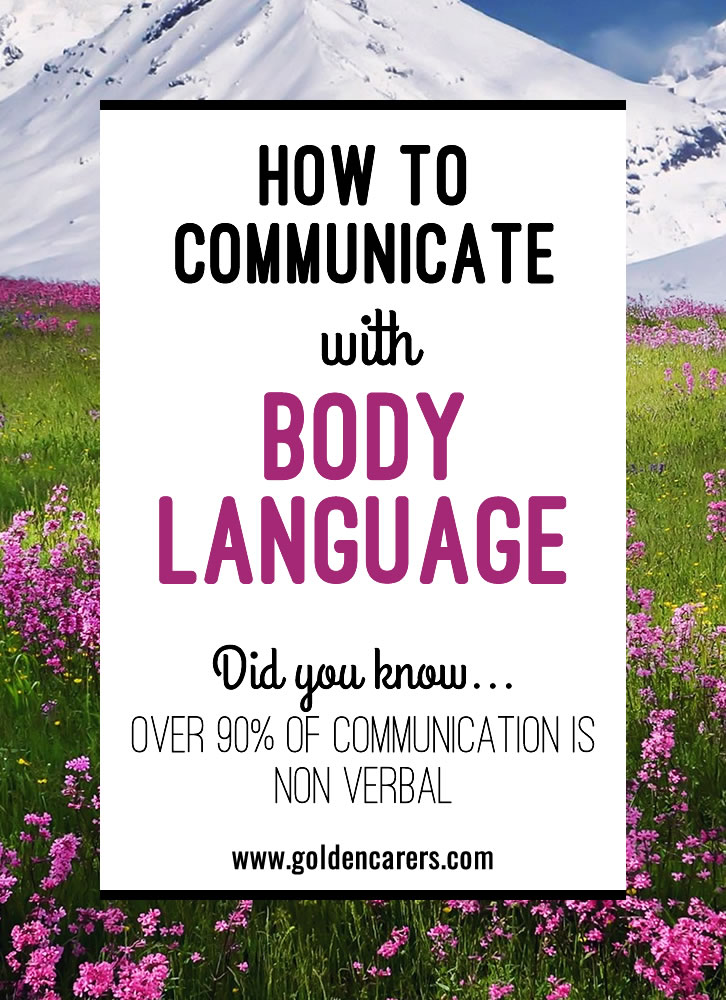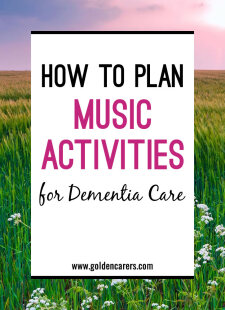Shared By
Daz
 Lifestyle Consultant
Lifestyle Consultant
How to Communicate with Body Language

6
0
3
55
View this page and thousands more!
Join Golden Carers for Unlimited Access
Join Now $59.99 USD/yr
“Just love how I can go into Golden Carers and get so many ideas, LOVE IT”
Janine Peucker, Lifestyle Coordinator
Comments
6
to comment






Thank you all for your great comments
Never under estimate the power of touch. A simple hand massage or a cuddle goes a long way to making a lonely elderly person feel special. I use these techniques a lot in the dementia unit I work in. The smile you get in return is so worth it.
I 100% agree! This can not be emphasized enough when taking care of residents with cognitive impairment. Our posture, facial expressions and body movements make all the difference. Thank you for posting!
This is wonderful. I am an Occupational Therapist and I work in LTC. Dementia is my specialty. I just became a member. Body Language is everything. It is very difficult when a dementia client with very limited verbal language, is trying to speak to you. You must understand their body language, so they feel included, understood and comfortable.
Thanks for your feedback Eileen, much appreciated.
Daz has submitted a new article: How to Communicate with Body Language